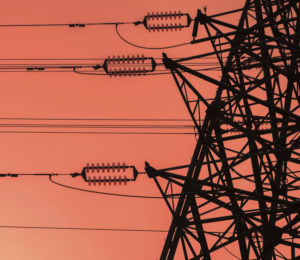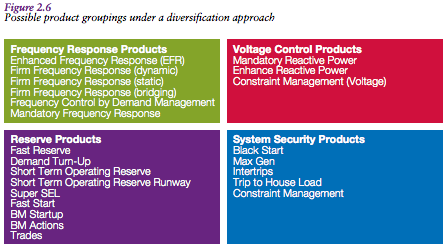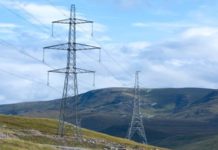 National Grid has outlined plans for a major overhaul of balancing services over five years. The System Operator will start with frequency response, pledging to have a new product in market by next March.
National Grid has outlined plans for a major overhaul of balancing services over five years. The System Operator will start with frequency response, pledging to have a new product in market by next March.
National Grid said it needs to procure faster frequency response closer to real time and wants views on its proposals.
Within the consultation, the System Operator confirmed it does not plan another enhanced frequency response (EFR) tender. Routes to market for batteries will instead be wrapped into the new broader frequency envelope.
The consultation calls for industry feedback on how procurement processes might be redesigned for new frequency markets alongside other planned balancing changes.
One of those is manually instructed reserve services, used to correct forecast errors and unexpected losses in generation or demand. Programmes within this envelope include STOR and demand turn-up. National Grid also uses the balancing mechanism (BM) to access reserve but said that because an increasing number of providers in the BM are also providing frequency response – and can’t use their capacity for both at the same time – reserve providers in the BM were dwindling.
The System Operator also illustrated that its requirement for upward reserve (assets that can increase consumption or stop exporting to the grid) may double over the next five years.
As such National Grid said it will have new reserve products in market by 2018/19, to coincide with a standardised pan-European reserve service, RR (Replacement Reserve), going live in 2019 under Project Terre, as well as new trading rules on interconnectors. Those rules will facilitate interconnector trading on an hourly basis, instead of three hours ahead today, adding to uncertainty, noted Grid.
The same timetable applies to a new product for reactive power, used to control voltage. National Grid said the existing set up doesn’t properly value reactive power and that declining transmission demand (particularly in summer) means there is a greater need for absorption of reactive power.
Black Start contracts – given to power stations with the capability to reboot the grid in the unlikely event of failure – are also under review. Usually provided by transmission-connected generators, National Grid is mulling how to bring in more providers. In the short term there are contract opportunities from next year, said Grid. In the longer term, it may be possible to bring in distributed generation.
The System Operator wants views on its new product strategy. It proposes four possible service ‘buckets’, grouping existing services to form deeper markets.
 National Grid said existing contracts for affected services will not be cancelled, and successful tenders as well as bilateral contracts will continue as agreed.
National Grid said existing contracts for affected services will not be cancelled, and successful tenders as well as bilateral contracts will continue as agreed.
See the consultation here.
National Grid will discuss its plans and requirements at Energyst Media’s DSR conference, London, 7 September. Request a ticket here.
Related stories:
Demand response and battery storage: Give us your views
Free DSR and battery storage conference
National Grid mulls rolling all frequency response services into one
National Grid must provide a plan for battery market, says SmartestEnergy
As solar generation makes history, National Grid starts to feel the burn
Can National Grid hit its 2020 DSR target?
Follow us at @EnergystMedia. For regular bulletins, sign up for the free newsletter.



